What is the Android Open Source project?
The free version of Android.
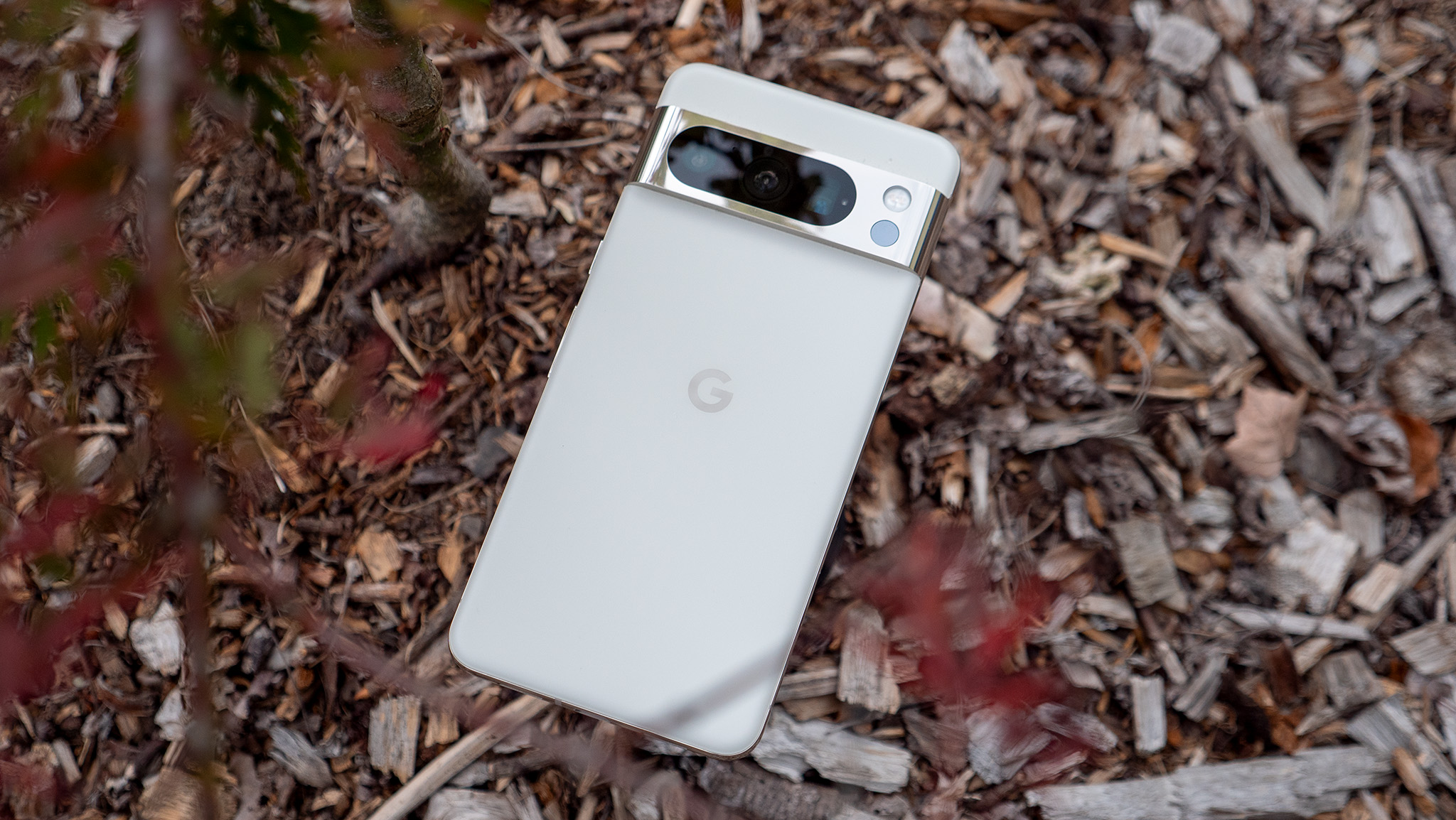
What is the Android Open Source project?
Best answer: The Android Open Source Project is the core of the Android software that runs on your phone. It's free and anyone can modify it but it isn't enough to power a device on its own.
Open and Free
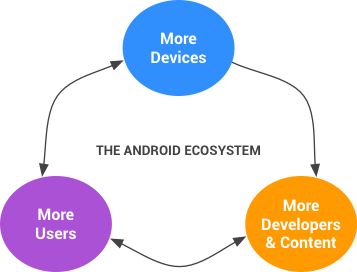
Android is a free open-source operating system. The AOSP (Android Open Source Project) is free to download, free to alter, free to build into a product that can power just about anything. But it's not something you've ever used when you picked up a phone or other gizmo that runs "Android" because it's not really a complete operating system.
At its heart, Android is nothing more than a platform anyone can use to run applications bundled with the bits and pieces needed to talk to standard hardware. We tend to think of Android as an operating system for a phone or tablet (or even a watch or television), but it's just a part of the software needed to get any device to turn on and do things. That being said, it's one of the most important parts.
Having a huge library of code that anyone can use is great. Having the things people build with it able to use the same applications is even better.
It's better for us because we will have a huge list of applications that work out of the box when we buy an Android-powered device. It's better for the companies making the devices because we'll want to buy them and they don't have to work to build a new application platform. It's also great for Google because it means more devices can use the internet and its services.
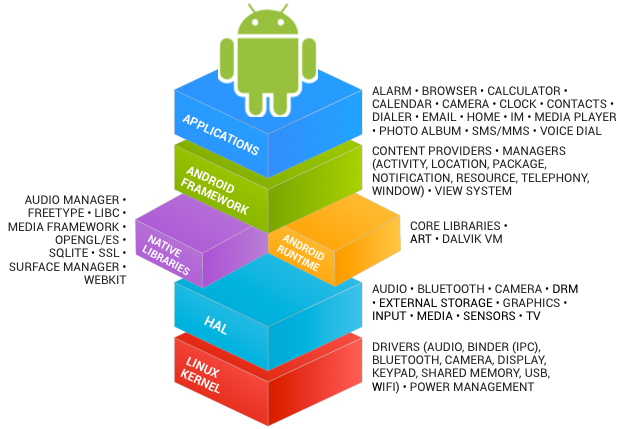
That last part is why Google maintains the AOSP. Google was founded upon the belief that everyone should have access to the internet. While some of the reasons may be charitable and good-natured, Google has these goals mainly because the internet is how it makes money. All companies exist to make money, but with the AOSP, Google has found a new way to make money from everyone while giving away one of its most expensive products: Android.
This is done through the AOSP. Google maintains the Android source code. That means exactly what you think it does: It keeps things clean, tidy, and up-to-date, making it available for others. It also has people working full-time to make improvements and add new features to Android. But plenty of other companies, both phone manufacturers you've heard of like Samsung and others you might not know, contribute to the code that powers Android. It's a true community effort.
All of this is made available for anyone to freely use under a liberal license that allows changes to be made to the code and not submitted back to the maintainers. This means Samsung can do whatever it wants with the AOSP and doesn't have to share what it has done with anyone. So are you, and so am I. If we do something different, we can keep those changes to ourselves to offer a (hopefully) better product than anyone else can or publish the changes so others can build upon them even further.
Get the latest news from Android Central, your trusted companion in the world of Android
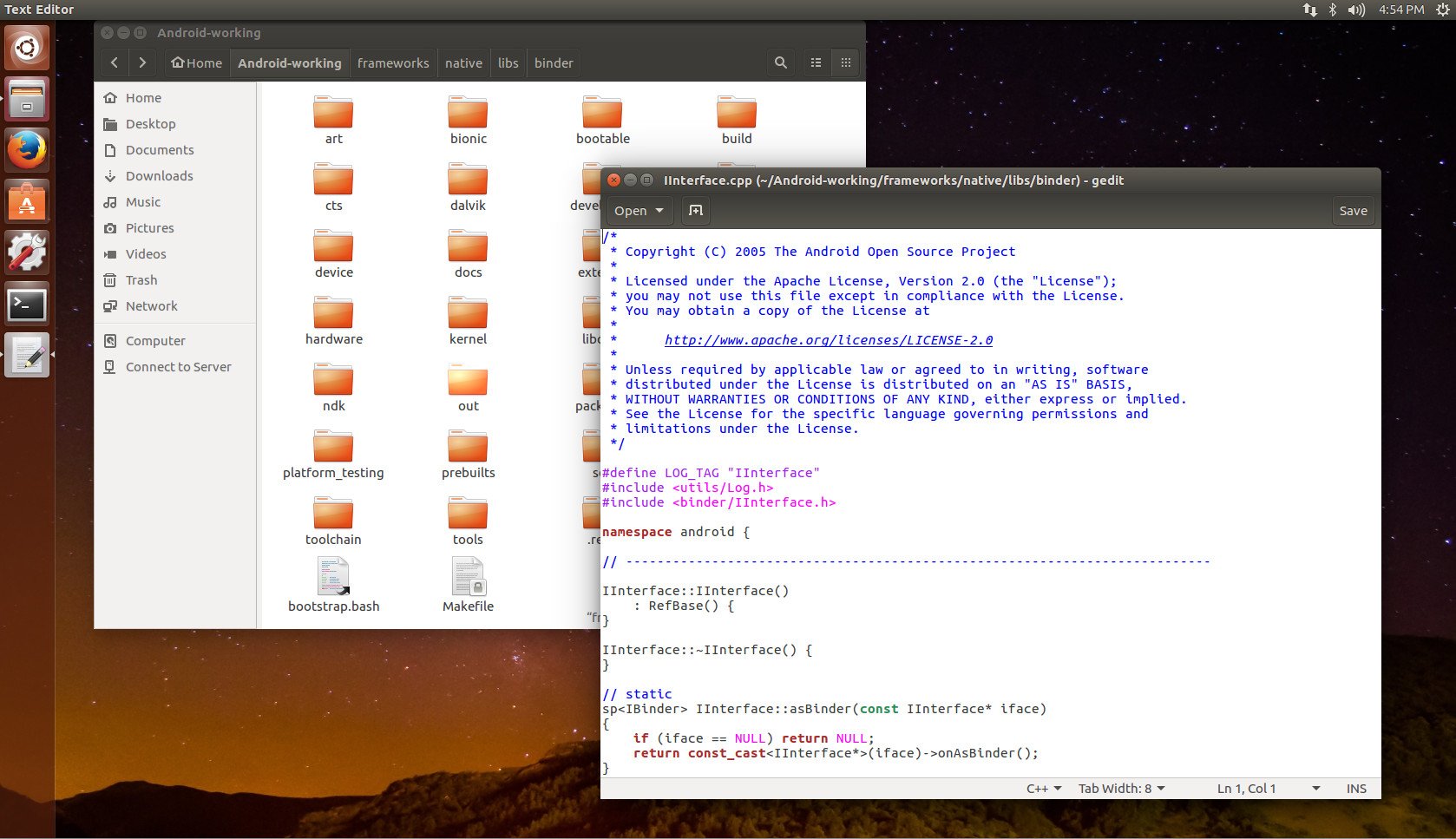
The phones and gadgets we buy aren't running the AOSP as an operating system though. What we see is the result of someone or some company using it to create software that is unique and their own. This can be done by changing the code, adding even more code, or even adding applications that aren't open-sourced like the AOSP is. Every company that sells Android-powered gadgets, including Google itself, is doing this.
This fits into Google's methods to make money because there are some restrictions when a company wants to use Google's popular applications and services. If a company wants to include Google's mobile services (and almost all phone makers do) it has to adhere to rules as a Google partner. Those rules make sure everyone knows about Google's money-making products.
The process is a circle. Google gives Android away. A company uses it on its phone. As consumers, we want Android phones that can use Google Play Gmail, Google Photos, and all the other things that make Android great. The company making the phone can bundle those features in for free as long as it makes sure its product can use every other application found in the Google Play store.
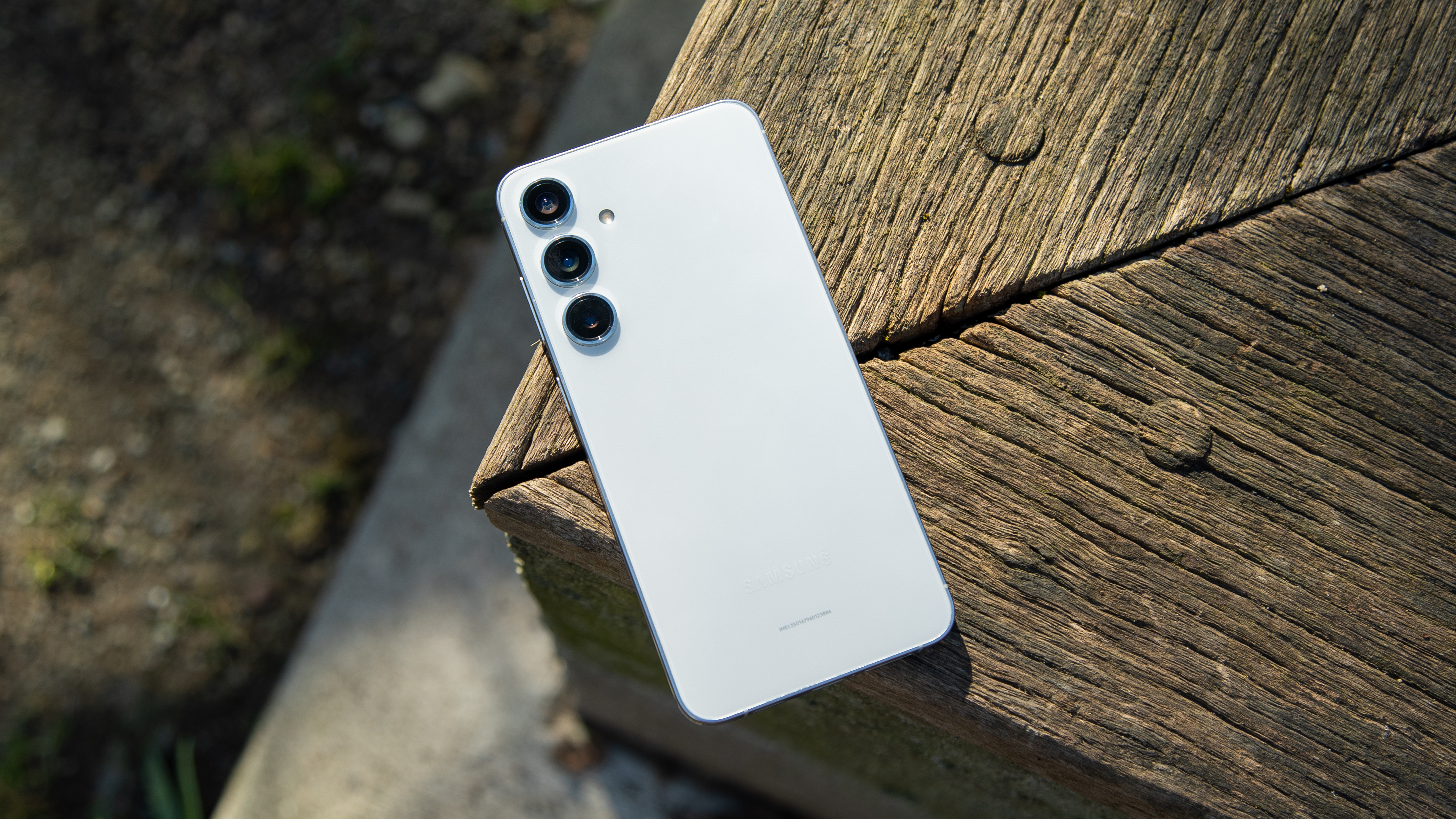
Phone manufacturers, like Samsung, save time and money by not building their own application platform and application storefront; we get the best Android phone with access to all the apps we love plus a market with over a million others, and Google gets a lot of people using its services and being on the internet to see Google's ads.
This couldn't happen without Android being free to use, so the time and money Google invests in Android makes it a very lucrative part of its business. By providing Android as source code anyone can use instead of a standalone product like Windows, Google can reap the benefits while another company does the work of building and maintaining a living operating system. AOSP means everyone wins, and that's the way we like it.
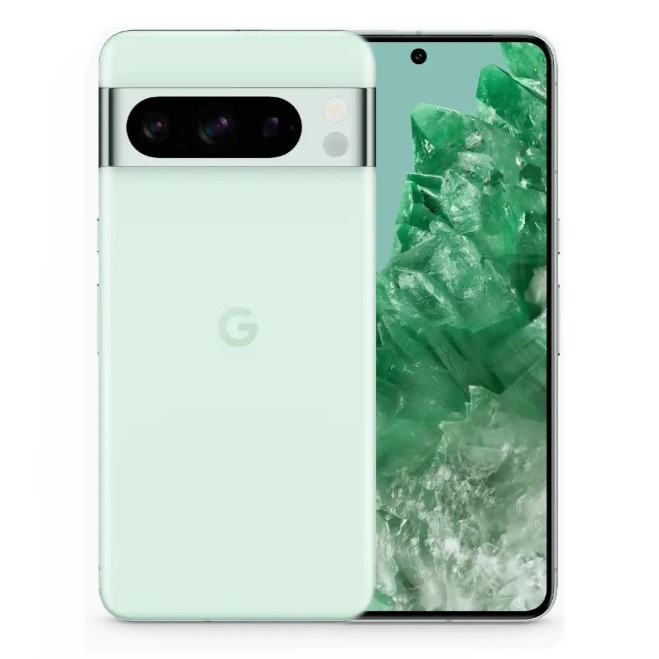
Google came out swinging with the Pixel 8 Pro, showing off a device that doesn't need the most performance to still be great. While it's more expensive than others, there are a boatload of features that aim to set the standard for the market.

Jerry is an amateur woodworker and struggling shade tree mechanic. There's nothing he can't take apart, but many things he can't reassemble. You'll find him writing and speaking his loud opinion on Android Central and occasionally on Threads.
You must confirm your public display name before commenting
Please logout and then login again, you will then be prompted to enter your display name.
